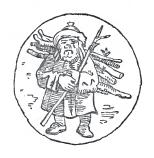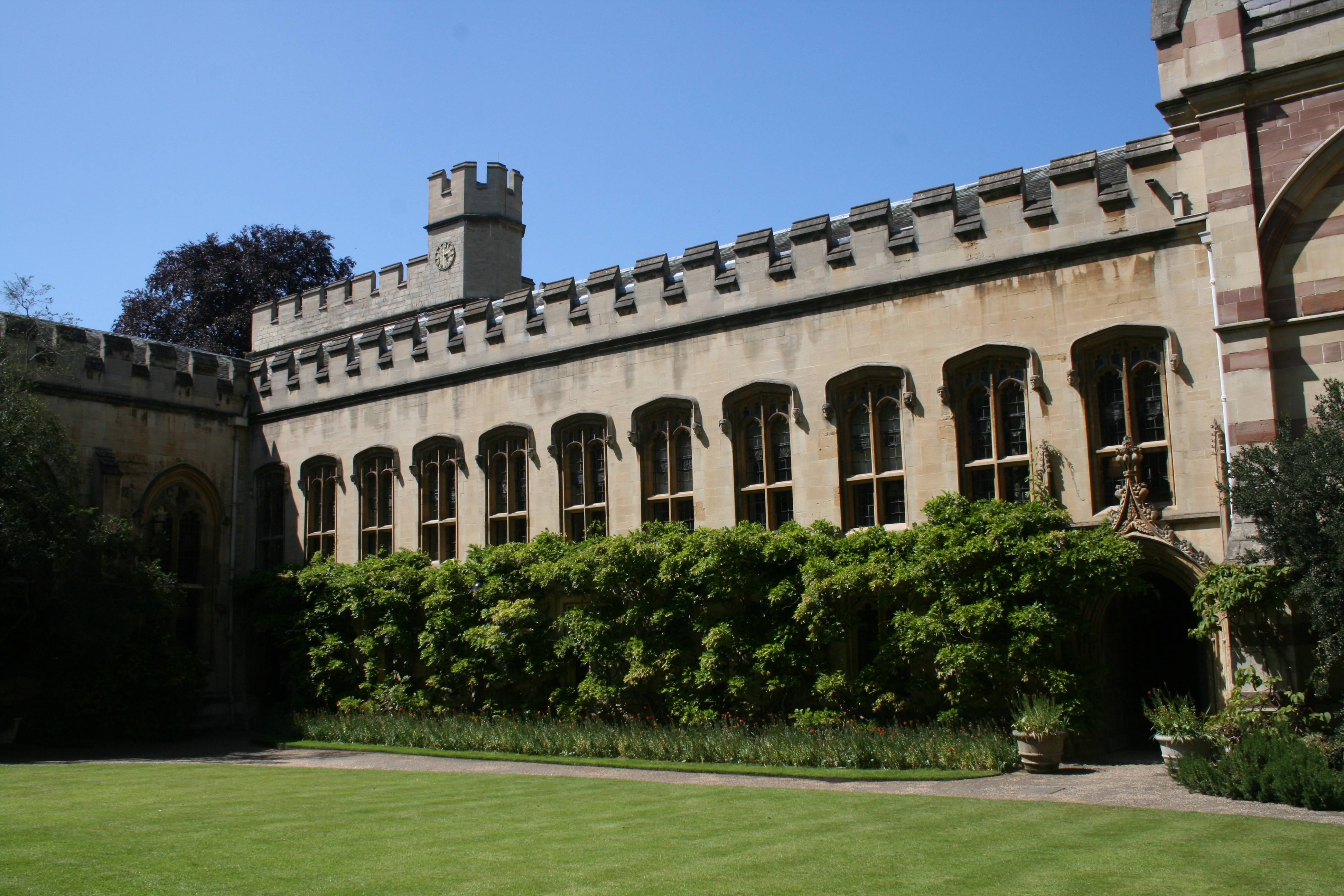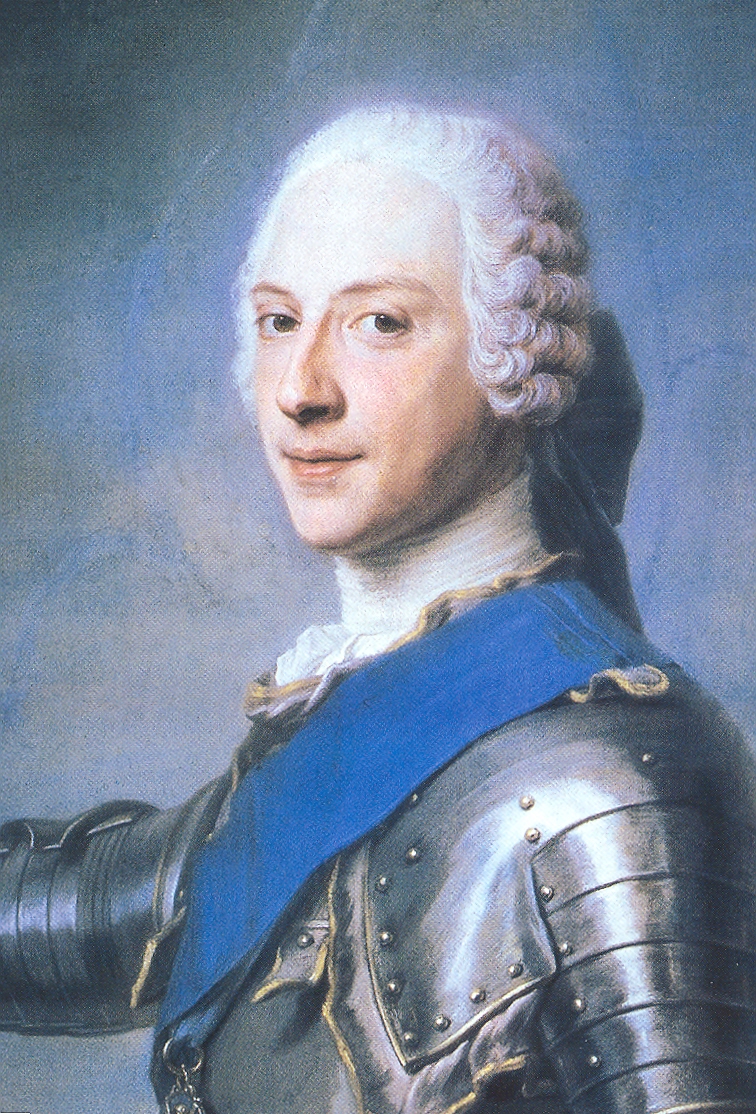|
When The King Enjoys His Own Again
When the king enjoys his own again (sometimes known as The king shall enjoy his own again) is a Cavalier ballad written by Martin Parker during the English Civil War (first published in 1643). It was later adopted by Jacobites. According to the historian Dr. Bernard Capp, this song was perhaps the most popular song in mid-seventeenth century England. The eighteenth century critic Joseph Ritson called it "the most famous and popular air ever heard in this country". Jacobite usage One of the Irish Jacobite regiments formed in the 1690s from veterans of James II's Irish campaign, the '' Régiment Rooth'' (nicknamed 'the Pretender's body-guard'), marched to ‘When the king enjoys his own again’. Upon Queen Mary II's death in 1694, Bristol Jacobites publicly rejoiced with bell-ringings and danced through the streets to the song. In September 1711 a commander of a company of London militia, Captain John Silk, had his trained bands march to the song through the City. In 1713 the Tory cl ... [...More Info...] [...Related Items...] OR: [Wikipedia] [Google] [Baidu] |
Cavalier
The term Cavalier () was first used by Roundheads as a term of abuse for the wealthier royalist supporters of King Charles I and his son Charles II of England during the English Civil War, the Interregnum, and the Restoration (1642 – ). It was later adopted by the Royalists themselves. Although it referred originally to political and social attitudes and behaviour, of which clothing was a very small part, it has subsequently become strongly identified with the fashionable clothing of the court at the time. Prince Rupert, commander of much of Charles I's cavalry, is often considered to be an archetypal Cavalier. Etymology Cavalier derives from the same Latin root as the Italian word and the French word (as well as the Spanish word ), the Vulgar Latin word '' caballarius'', meaning 'horseman'. Shakespeare used the word ''cavaleros'' to describe an overbearing swashbuckler or swaggering gallant in Henry IV, Part 2 (c. 1596–1599), in which Robert Shallow says "I'll drink ... [...More Info...] [...Related Items...] OR: [Wikipedia] [Google] [Baidu] |
Palace Of Whitehall
The Palace of Whitehall (also spelt White Hall) at Westminster was the main residence of the English monarchs from 1530 until 1698, when most of its structures, except notably Inigo Jones's Banqueting House of 1622, were destroyed by fire. Henry VIII moved the royal residence to White Hall after the old royal apartments at the nearby Palace of Westminster were themselves destroyed by fire. Although the Whitehall palace has not survived, the area where it was located is still called Whitehall and has remained a centre of government. White Hall was at one time the largest palace in Europe, with more than 1,500 rooms, overtaking the Vatican, before itself being overtaken by the expanding Palace of Versailles, which was to reach 2,400 rooms. The palace gives its name, Whitehall, to the street located on the site on which many of the current administrative buildings of the present-day British government are situated, and hence metonymically to the central government itself. A ... [...More Info...] [...Related Items...] OR: [Wikipedia] [Google] [Baidu] |
Charles' Wain
The Big Dipper ( US, Canada) or the Plough ( UK, Ireland) is a large asterism consisting of seven bright stars of the constellation Ursa Major; six of them are of second magnitude and one, Megrez (δ), of third magnitude. Four define a "bowl" or "body" and three define a "handle" or "head". It is recognized as a distinct grouping in many cultures. The North Star ( Polaris), the current northern pole star and the tip of the handle of the Little Dipper (Little Bear), can be located by extending an imaginary line through the front two stars of the asterism, Merak (β) and Dubhe (α). This makes it useful in celestial navigation. Names and places The constellation of ''Ursa Major'' (Latin: Greater Bear) has been seen as a bear, a wagon, or a ladle. The "bear" tradition is Indo-European (appearing in Greek, as well as in Vedic India), but apparently the name "bear" has parallels in Siberian or North American traditions. European astronomy The name "Bear" is Homeric, and ... [...More Info...] [...Related Items...] OR: [Wikipedia] [Google] [Baidu] |
Charles I Of England
Charles I (19 November 1600 – 30 January 1649) was King of England, Scotland, and Ireland from 27 March 1625 until Execution of Charles I, his execution in 1649. He was born into the House of Stuart as the second son of King James VI of Scotland, but after his father inherited the English throne in 1603, he moved to England, where he spent much of the rest of his life. He became heir apparent to the kingdoms of England, Scotland, and Ireland in 1612 upon the death of his elder brother, Henry Frederick, Prince of Wales. An unsuccessful and unpopular attempt to marry him to the Spanish Habsburg princess Maria Anna of Spain, Maria Anna culminated in an eight-month visit to Spain in 1623 that demonstrated the futility of the marriage negotiation. Two years later, he married the House of Bourbon, Bourbon princess Henrietta Maria of France. After his 1625 succession, Charles quarrelled with the Parliament of England, English Parliament, which sought to curb his royal prerogati ... [...More Info...] [...Related Items...] OR: [Wikipedia] [Google] [Baidu] |
Man In The Moon
In many cultures, several pareidolic images of a human face, head or body are recognized in the disc of the full moon; they are generally known as the Man in the Moon. The images are based on the appearance of the dark areas (known as lunar maria) and the lighter-colored highlands (and some lowlands) of the lunar surface. Origin There are various explanations for how the Man in the Moon came to be. A longstanding European tradition holds that the man was banished to the Moon for some crime. Jewish lore (as this predates the Christians) commonly held that he is the man caught gathering sticks on the Sabbath and sentenced by God to death by stoning in the Book of Numbers XV.32–36. Some Germanic cultures thought he was a woodcutter found working on the Sabbath. There is a Roman legend that he is a sheep-thief. One medieval Christian tradition claims that he is Cain, the Wanderer, forever doomed to circle the Earth. Dante's ''Inferno''Dante, The Divine Comedy, Inferno, canto 2 ... [...More Info...] [...Related Items...] OR: [Wikipedia] [Google] [Baidu] |
Balliol College, Oxford
Balliol College () is one of the constituent colleges of the University of Oxford in England. One of Oxford's oldest colleges, it was founded around 1263 by John I de Balliol, a landowner from Barnard Castle in County Durham, who provided the foundation and endowment for the college. When de Balliol died in 1268, his widow, Dervorguilla, a woman whose wealth far exceeded that of her husband, continued his work in setting up the college, providing a further endowment and writing the statutes. She is considered a co-founder of the college. The college's alumni include four former Prime Ministers of the United Kingdom (H. H. Asquith, Harold Macmillan, Edward Heath, and Boris Johnson), Harald V of Norway, Empress Masako of Japan, five Nobel laureates, several Lords of Appeal in Ordinary, and numerous literary and philosophical figures, including Shoghi Effendi, Adam Smith, Gerard Manley Hopkins, and Aldous Huxley. John Wycliffe, who translated the Bible into English, was master o ... [...More Info...] [...Related Items...] OR: [Wikipedia] [Google] [Baidu] |
St Mary Hall, Oxford
St Mary Hall was a medieval academic hall of the University of Oxford. It was associated with Oriel College from 1326 to 1545, but functioned independently from 1545 until it was incorporated into Oriel College in 1902. History In 1320, when he was appointed rector of the Church of St Mary the Virgin, Adam de Brome was given the rectory house, St. Mary Hall, on the High Street. Crossley, Alan (editor), "Churches", ''A History of the County of Oxford: Volume 4: The City of Oxford'' (1979) pp. 369–412, Oxford University Press VCH seriesbr>British History Online St. Mary Hall was acquired by Oriel College in 1326: Bedel Hall, which adjoins St. Mary's to the south, was given by Bishop Carpenter of Worcester in 1455. These two halls, along with St. Martin's Hall, served as annexes for Oriel College. In the early 16th century, the college's St. Antony's and Dudley exhibitioners were lodged in St Mary Hall and Bedel Hall, and around this time the two halls were united. St. ... [...More Info...] [...Related Items...] OR: [Wikipedia] [Google] [Baidu] |
Henry Benedict Stuart
Henry Benedict Thomas Edward Maria Clement Francis Xavier Stuart, Cardinal Duke of York (6 March 1725 – 13 July 1807) was a Roman Catholic cardinal, as well as the fourth and final Jacobite heir to publicly claim the thrones of Great Britain and Ireland. Unlike his father, James Francis Edward Stuart, and brother, Charles Edward Stuart, Henry made no effort to seize the thrones. After Charles's death in January 1788 the Papacy did not recognise Henry as the lawful ruler of Great Britain and Ireland, but referred to him as the Cardinal Duke of York. He spent his life in the Papal States and had a long career in the clergy of the Roman Catholic Church, rising to become the Dean of the College of Cardinals and Cardinal-Bishop of Ostia and Velletri. At the time of his death he was (and still is) one of the longest-serving cardinals in the Church's history. In his youth, Henry's father made him Duke of York (in the Jacobite Peerage), and it was by this title that he was bes ... [...More Info...] [...Related Items...] OR: [Wikipedia] [Google] [Baidu] |
James Francis Edward Stuart
James Francis Edward Stuart (10 June 16881 January 1766), nicknamed the Old Pretender by Whigs, was the son of King James II and VII of England, Scotland and Ireland, and his second wife, Mary of Modena. He was Prince of Wales from July 1688 until, just months after his birth, his Catholic father was deposed and exiled in the Glorious Revolution of 1688. James II's Protestant elder daughter (the prince's half-sister) Mary II and her husband (the prince's cousin) William III became co-monarchs. The Bill of Rights 1689 and Act of Settlement 1701 excluded Catholics such as James from the English and British thrones. James Francis Edward was raised in Continental Europe and known as the Chevalier de St. George. After his father's death in 1701, he claimed the English, Scottish and Irish crowns as James III of England and Ireland and James VIII of Scotland, with the support of his Jacobite followers and Louis XIV of France, a cousin of his father. Fourteen years late ... [...More Info...] [...Related Items...] OR: [Wikipedia] [Google] [Baidu] |
1722 British General Election
The 1722 British general election elected members to serve in the House of Commons of the 6th Parliament of Great Britain. This was the fifth such election since the merger of the Parliament of England and the Parliament of Scotland in 1707. Thanks to the Septennial Act of 1715, which swept away the maximum three-year life of a parliament created by the Meeting of Parliament Act 1694, it followed some seven years after the previous election, that of 1715. The election was fiercely fought, with contests taking place in more than half of the constituencies, which was unusual for the time. Despite the level of public involvement, however, with the Whigs having consolidated their control over virtually every branch of government, Walpole's party commanded almost a monopoly of electoral patronage, and was therefore able to increase its majority in Parliament even as its popular support fell. In the midst of the election, word came from France of a Jacobite plot aimed at an imminent ... [...More Info...] [...Related Items...] OR: [Wikipedia] [Google] [Baidu] |
Thomas Gape (St Albans MP)
Thomas Gape (17 August 1685 – 11 December 1732) was an English politician who sat in the House of Commons.GAPE, Thomas (1685-1732), of Harpsfield Hall, nr. St. Albans, Herts. , '''' He was educated at , and [...More Info...] [...Related Items...] OR: [Wikipedia] [Google] [Baidu] |







